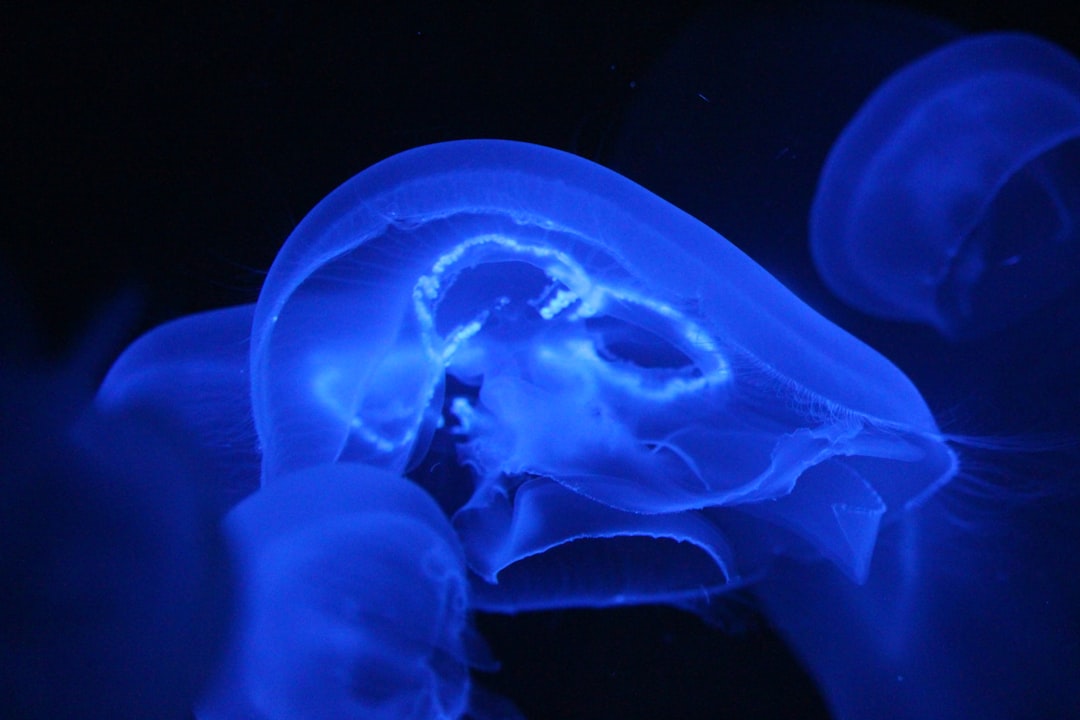What is it about?
This study modified cellulose nanocrystals with (3-aminopropyl) triethoxysilane (APTES). Then, through divergent synthesis, a dendron growth of chitosan formed a glycodendrimer, which was further conjugated with FA to form an active targeting glycodendrimer (ATGD). Thus, many studies were performed to evaluate the dendrimers’ capability to deliver DOX. Nevertheless, no study was found on synthesizing an active targeting glycodendrimer for DOX delivery based on cellulosenanocrystals as core and chitosan as dendron with FA conjugation. The novelty of this project was the synthesis of glycodendrimer and applying the final formulation for the delivery of DOX molecules. The synthesized ATGD showed high DOX loading and excellent controlled release behavior. MTT test confirmed the non-toxicity of ATGD and its high efficiency to treat the cancer following loading DOX.
Featured Image

Photo by National Cancer Institute on Unsplash
Why is it important?
Breast cancer is the highest common cancer type within the feminine population. It has been ranked worldwide as one of the top leading causes of high death rates among the same demographic population section. Being one of the top international public health issues over the century, breast cancer has a direct influence on different dimensions of human lives including physiological, psychological, mental, and social aspects . Typically, breast cancer originates at the cells of either the lobules (lobular carcinoma) or ducts (ductal carcinoma), or at any type of the supporting tissues that integrate the breast connective tissues and fatty tissues. Many worldwide health and treatment organizations that are concerned with global public health have proposed and classified different stages of breast cancer according to many factors. For instance, size of the tumor, hormonal receptors overexpression, type of the tumor, how deep is the tumor within the healthy unaffected breast tissues, the metastatic tendency to the nearby organs, and spreading to the nearby lymph nodes.
Perspectives
ATGD showed pH-controlled Doxorubicin releases within a prolonged period. ATGD showed no in vitro cytotoxicity on normal and cancer cells, even at high concentrations. In comparison to free DOX, DOX-loaded ATGD demonstrated more cytotoxicity on cancer cells. Therefore, ATGD can be useful as a biocompatible targeted drug delivery system for breast cancer.
Dr. Ali Soltani
Islamic Azad University Yasooj Branch
Read the Original
This page is a summary of: pH-responsive glycodendrimer as a new active targeting agent for doxorubicin delivery, International Journal of Biological Macromolecules, September 2022, Elsevier,
DOI: 10.1016/j.ijbiomac.2022.09.037.
You can read the full text:
Resources
Contributors
The following have contributed to this page










